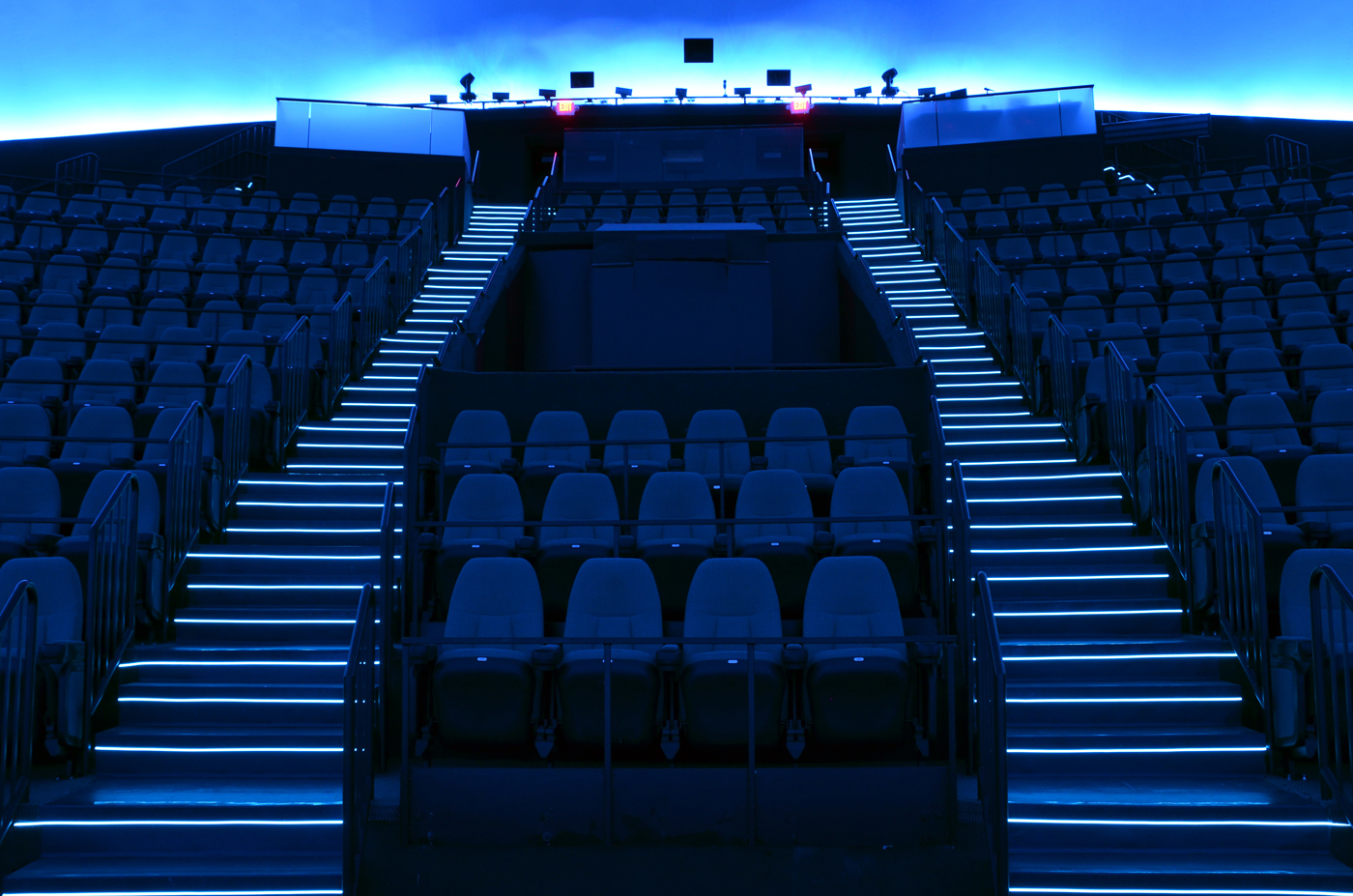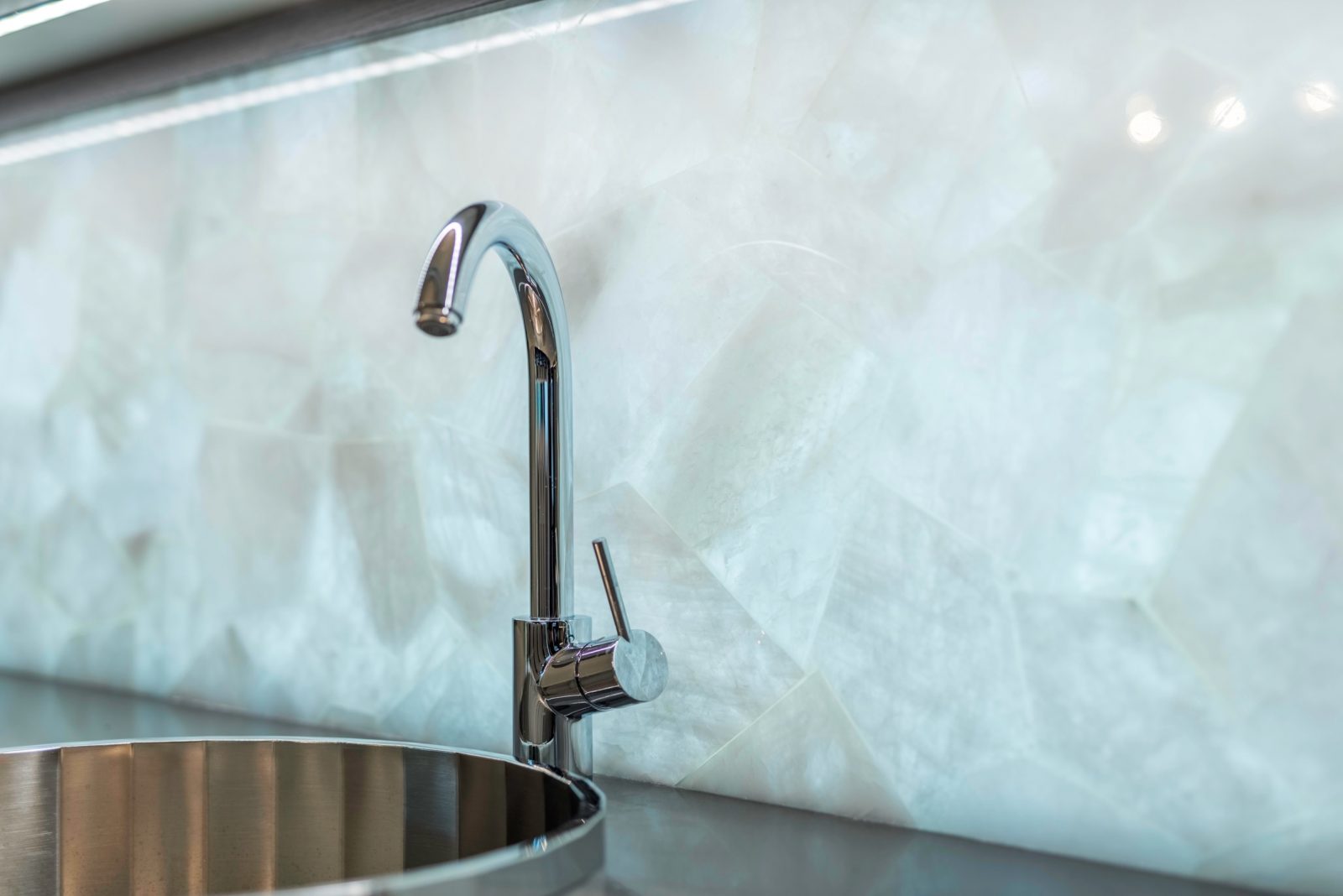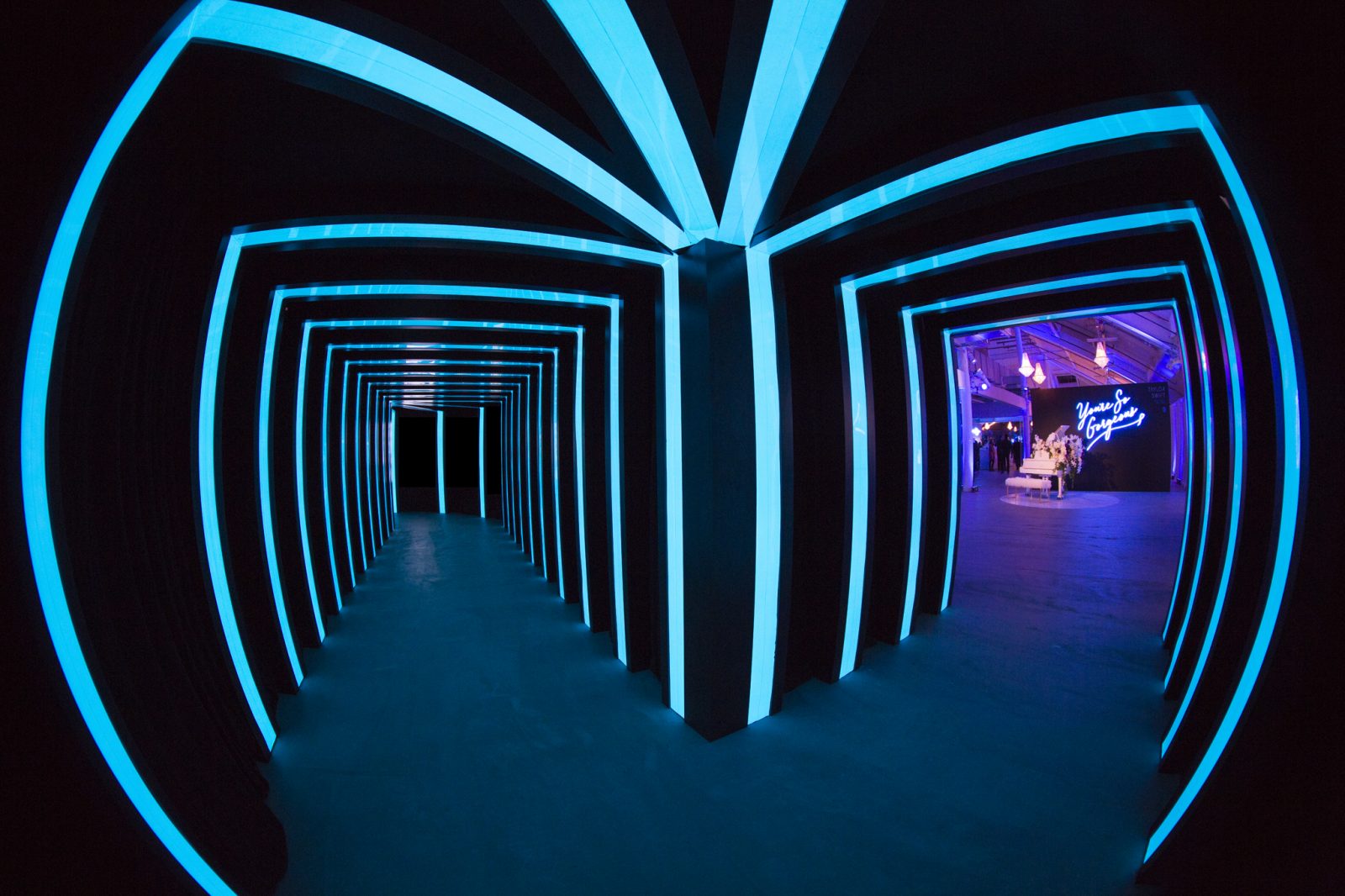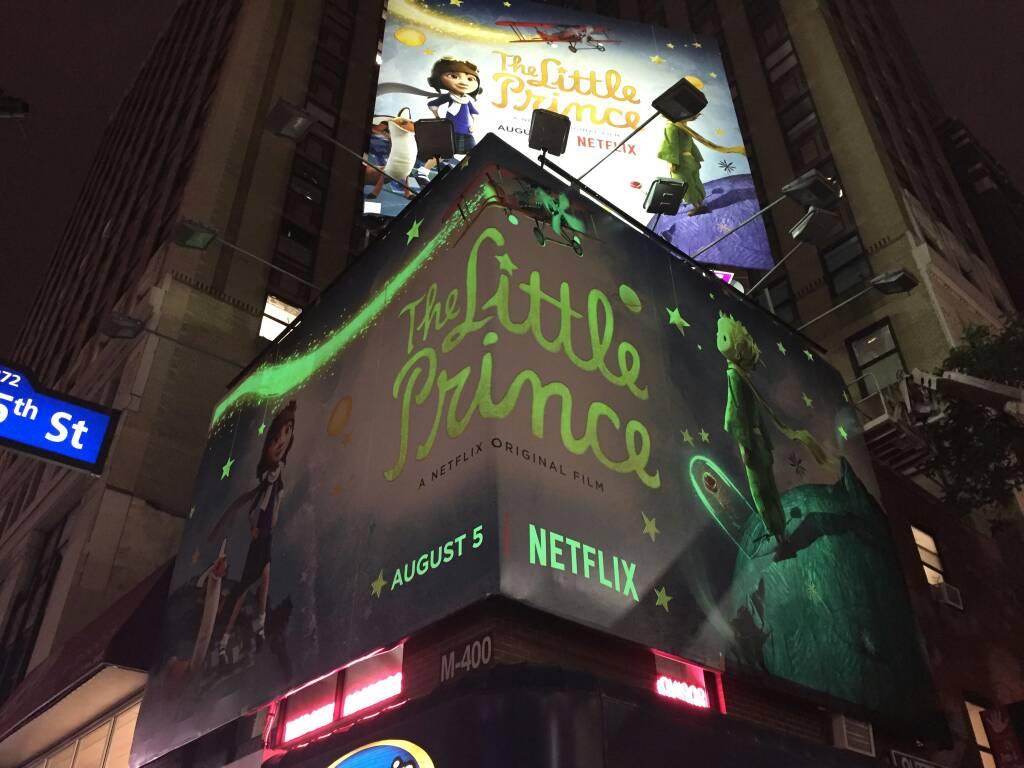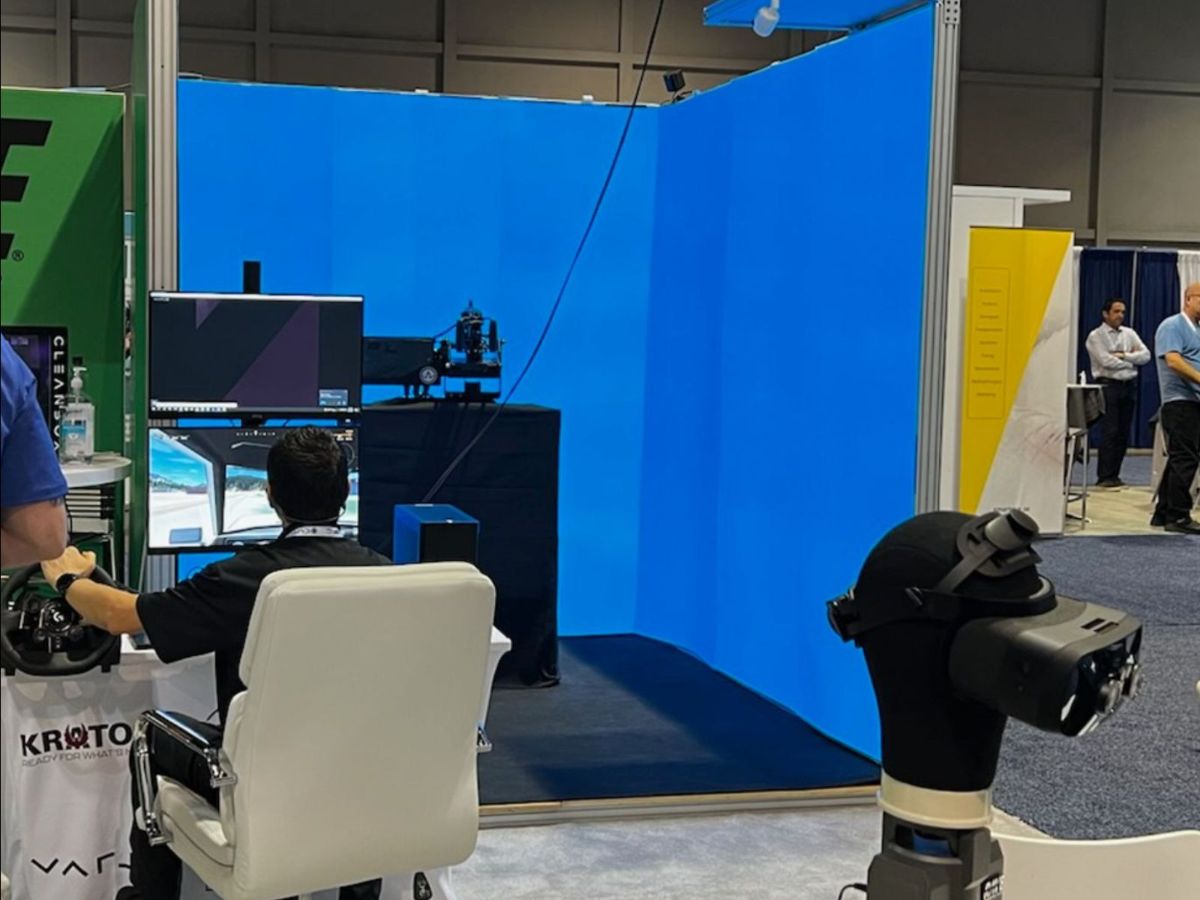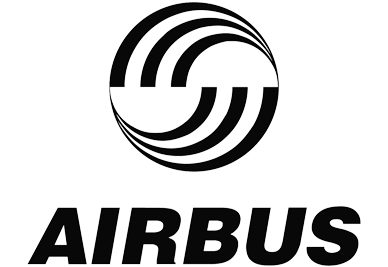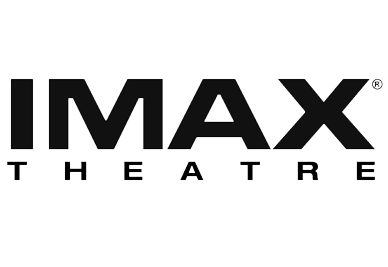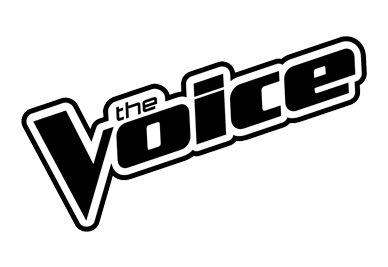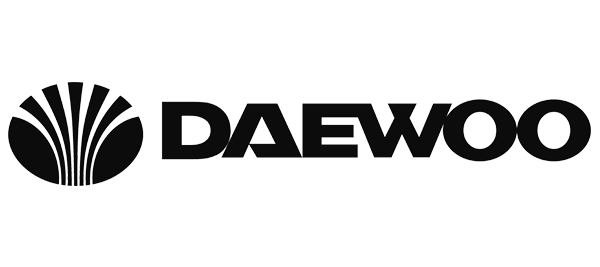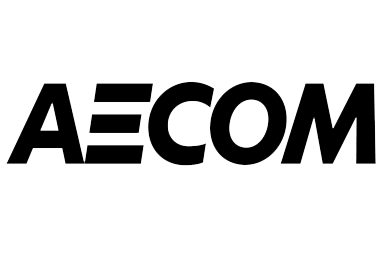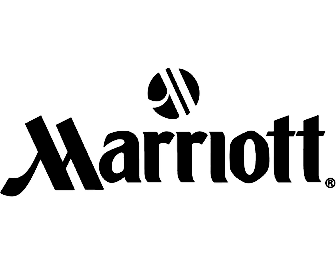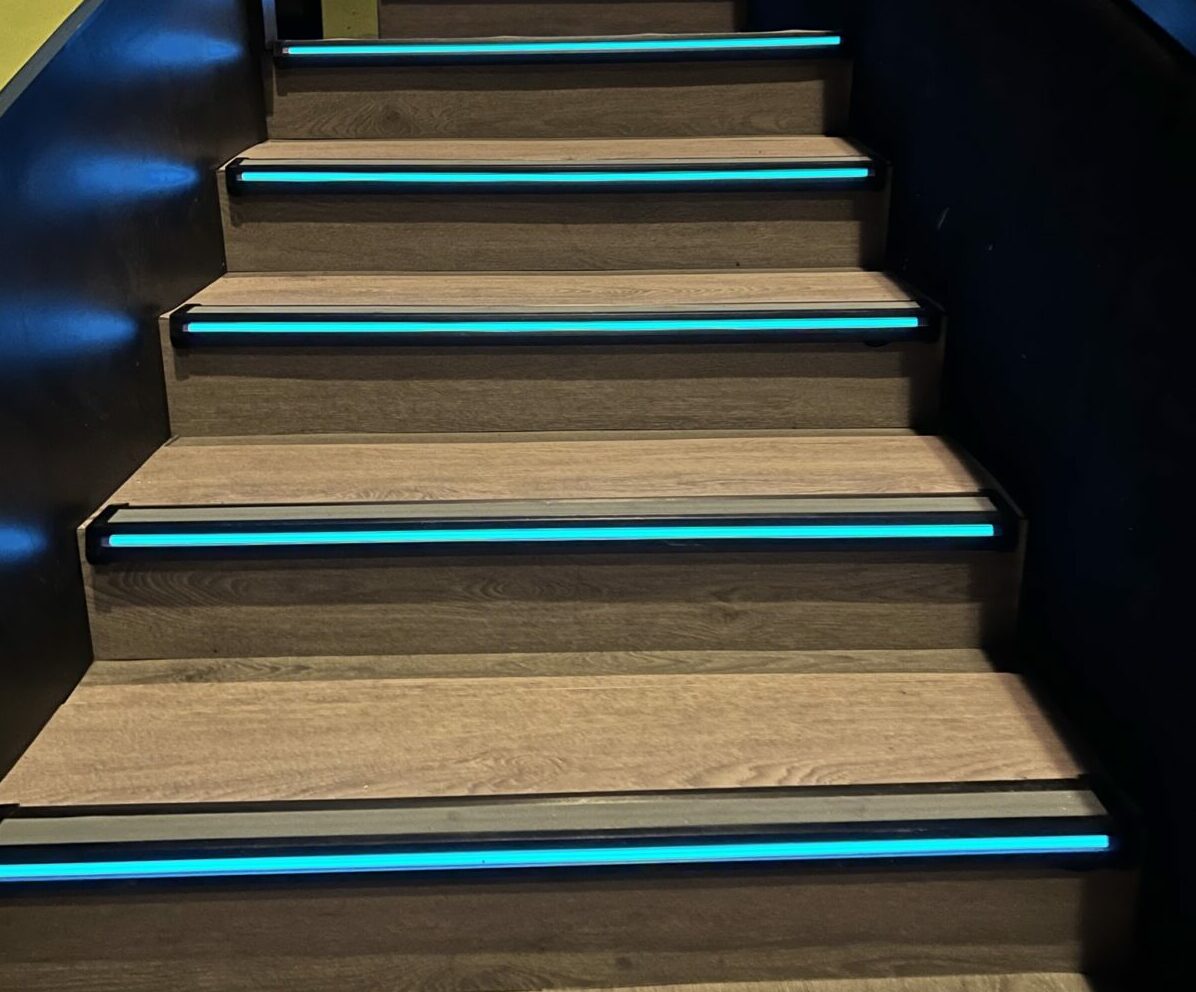
The goal of accent lighting in a cinema or any venue is the ability to be seen, not to illuminate the space.
There are two ways to measure visibility for lighting, luminance, and illuminance. They may sound the same, but they are two completely different measurements. Luminance is the perceived brightness or ability to see something, ideal measurement for accent lighting. A laser would be high in luminance but low in illuminance; a laser is not going to light up a room but is very visible. The second measurement of lighting visibility is illuminance, designed to measure task lighting. The amount of light that is cast onto a surface or how much you light up a room.
For accent lighting, the most important attribute is surface visibility, the perceived brightness. How bright does an accent light on a step look, can it be seen? Can you clearly identify the edge of the step? You want the surface to appear bright, but with little cast light. In that case, how much light is cast past the surface of the step is measured. At some point the lumens can be so high that the light source becomes hazy and produces a glare.
Light Tape lamps are not LEDs but are a novel patented electroluminescent lamp or EL. When compared to an LED light source, EL technology is crisper and very defined. It will never produce a glare. It can be seen in much worse visibility conditions than an LED.
The United States Air Force conducted a study to verify the effect of haze and glare. To determine which lighting technology was easier to see from great distances to help with navigation. The USAF wanted to determine which light technology performed better for navigation, evaluating electroluminescent (EL) versus light emitting diodes (LEDs). The study was conducted by Chesley S. Pie, a Major in the USAF.
“In April 1980, in response to a military Airlift Command runway lighting defiance report, an EL runway lighting system was assembled and installed in Holland, a 3,000 foot landing zone located at Pope Air Force Base…. The LED Elco lights were also installed so that a direct comparison could be made between the two systems. C-130 aircraft made assault landing, first with both sides LED, then one side of the field LED, the other EL, then both sides EL.
The results of the test were:
● The EL lights could be seen at 5 to 6 miles away versus 1 to 1.5 miles for the LED.
● Acquisition range of EL lights was not noticeably reduced during dust and haze conditions.
● The EL did not glare, which eliminated pilot blinking during round-out and touchdown.
● EL was seen through dust caused by reversing prop pitch after landing, the LED was not.
● EL provides a good tunnel effect.
● EL approach lights provided an excellent roll bar.
● EL did not flicker or give the indication of motion.
● EL lights did not have a halo, they appeared clean and the shape of the fixture.
Additional tests were accomplished with different frequencies and smaller EL lights to determine the effect of size reduction on acquisition range. Lights as small as 4 inches by 8 inches were used with no appreciable reduction in acquisition range.
The EL was subsequently tested in Alaska during January 1981 as the primary lighting system for BRIM FROST 81. The result paralleled those at Pope AFB, with the systems being acquired at more than 3.5 miles during blowing snow, tundra, and ice fog. The field was only closed once when the ceiling was reduced to 150 feet (ceiling limit for safety), even though the aircrews had a good runway presentation.” #2
Major Pie noted that ‘most lighting systems are designed around brightness, but it is becoming increasingly clear that brightness is not necessarily the optimum design point.’ In settings where the ambient light is low, electroluminescent lights are extremely visible. They provide excellent contrast and clear delineation with no glare.
Light Tape EL lamps not only reduce glare and light pollution; they perform better with respect to visibility when called upon for egress applications. Egress wayfinding is an application where more lumens are not better, but the type of light source is more valuable. Electroluminescent lights outperform LEDs in smoke and fog being more visible in emergency situations.

